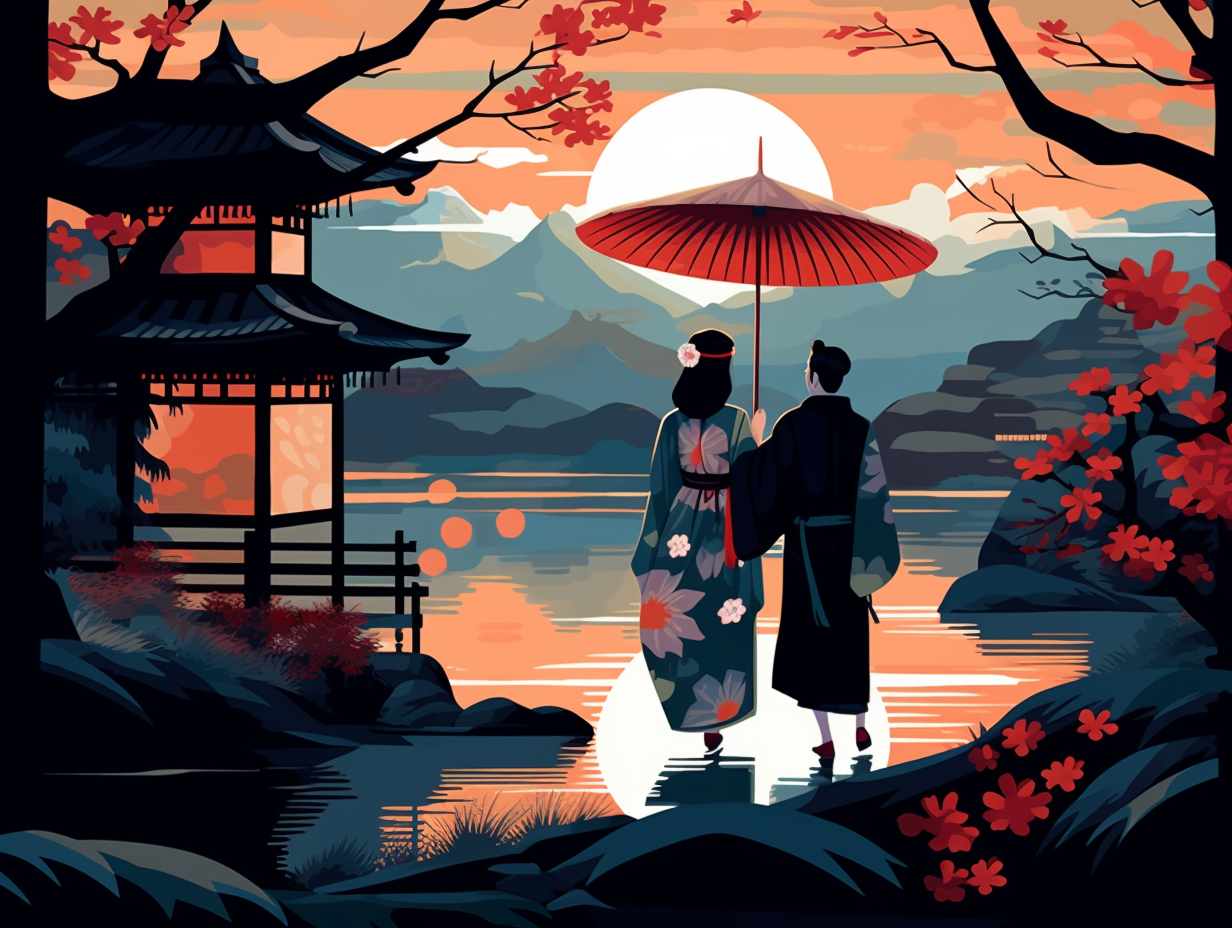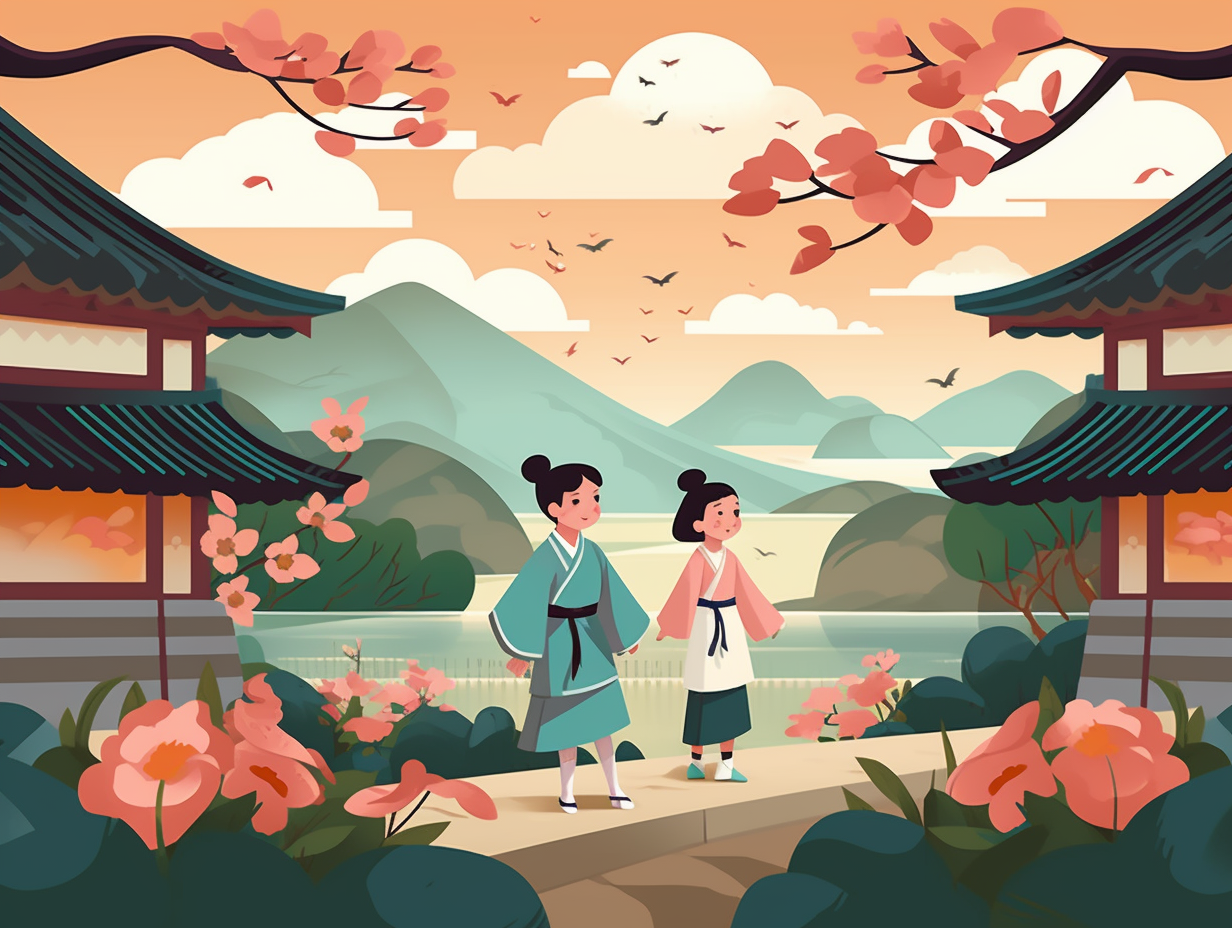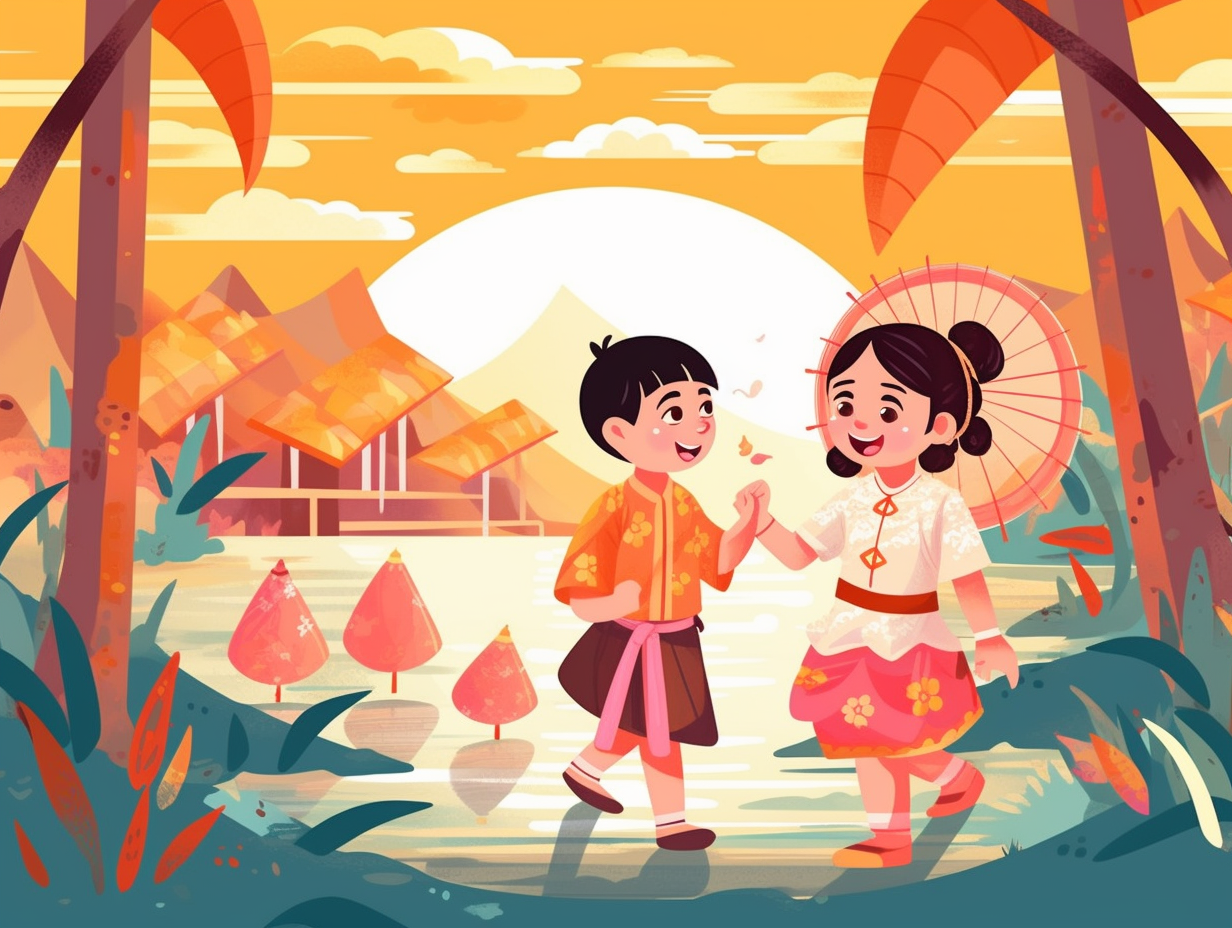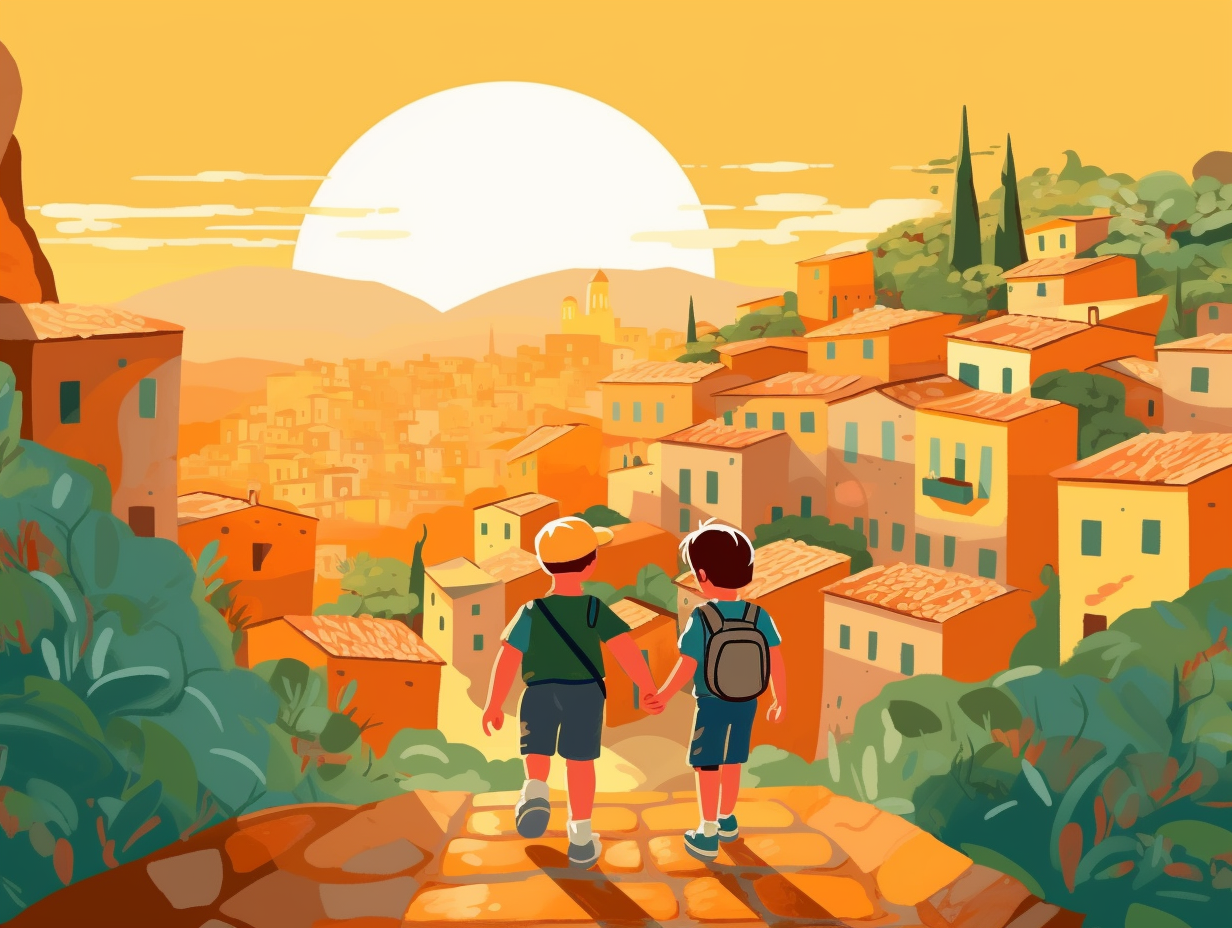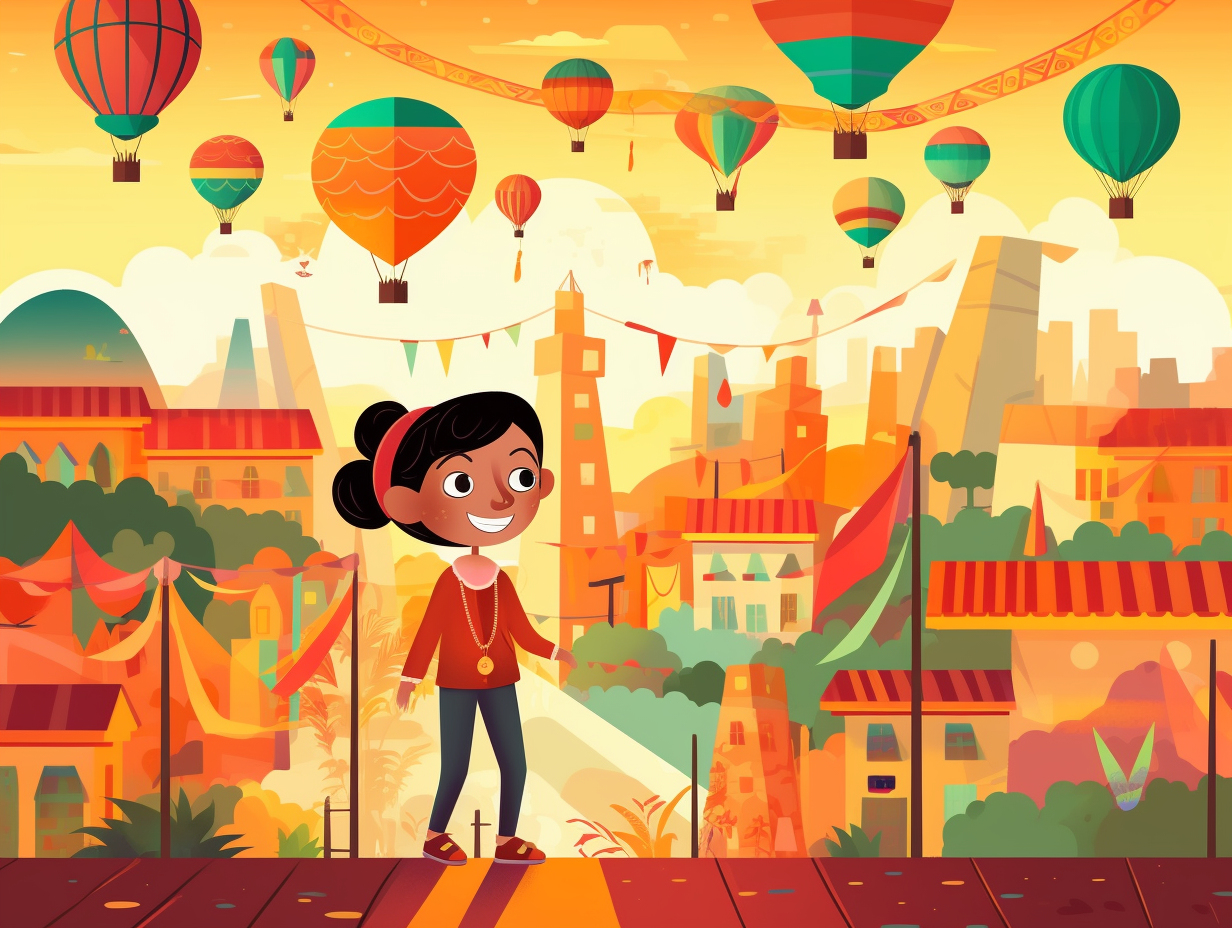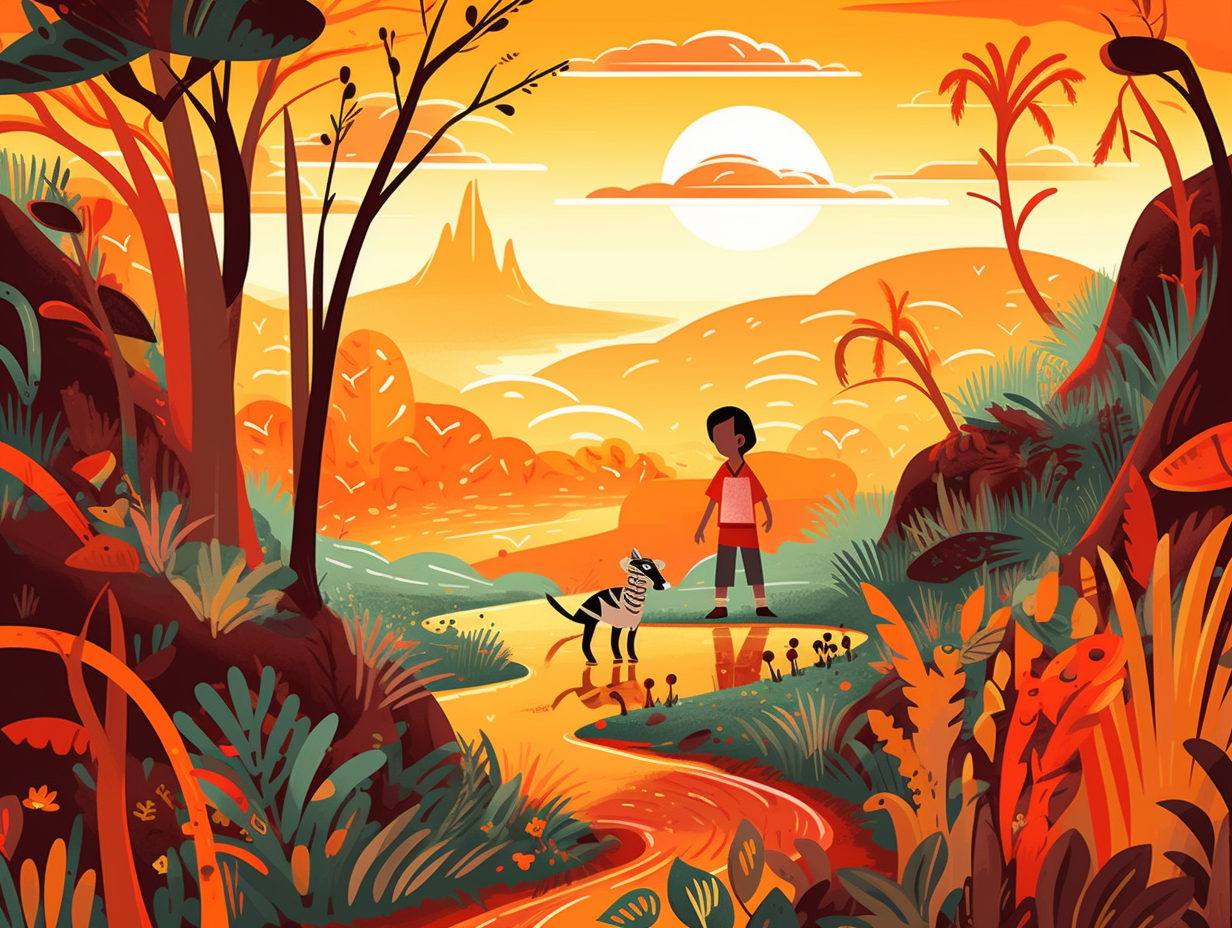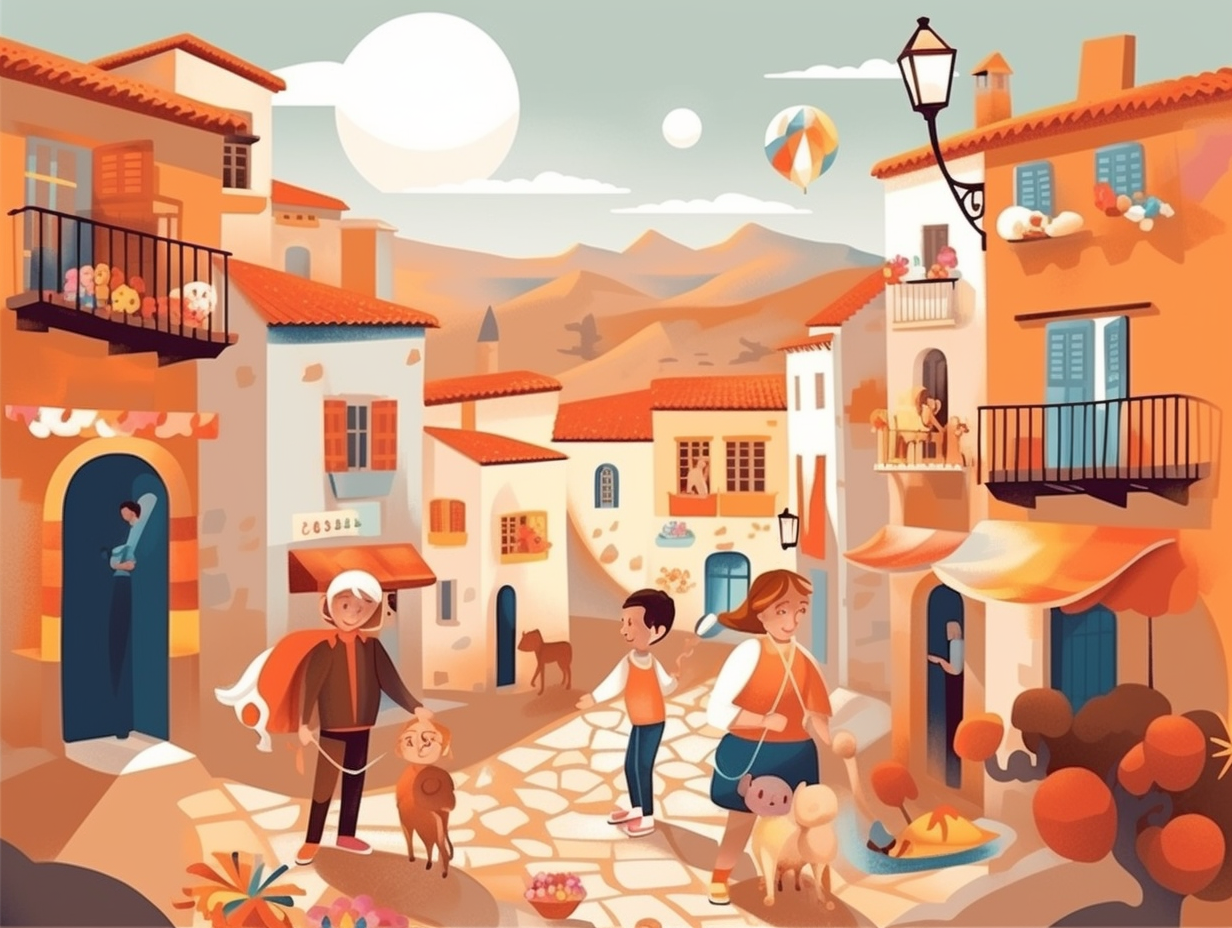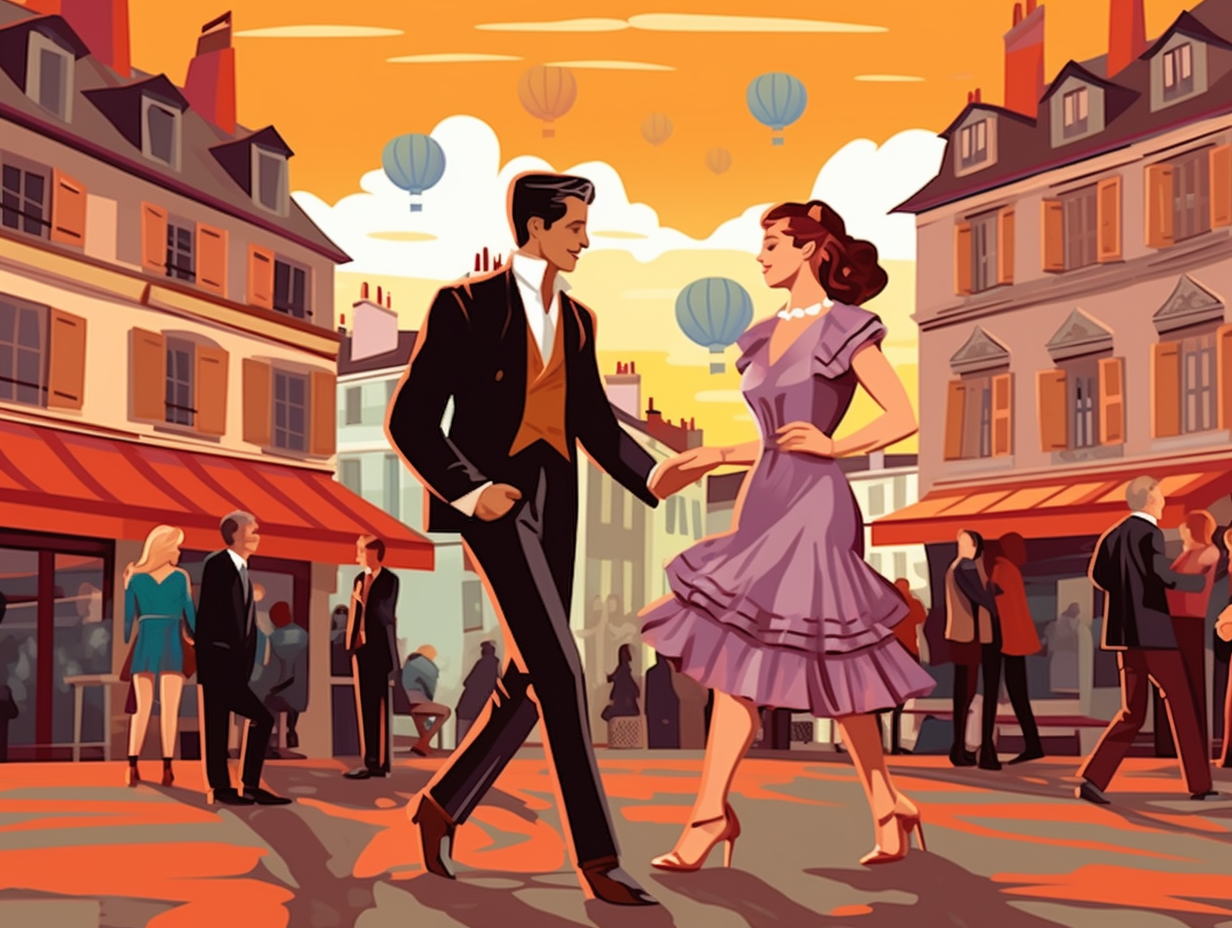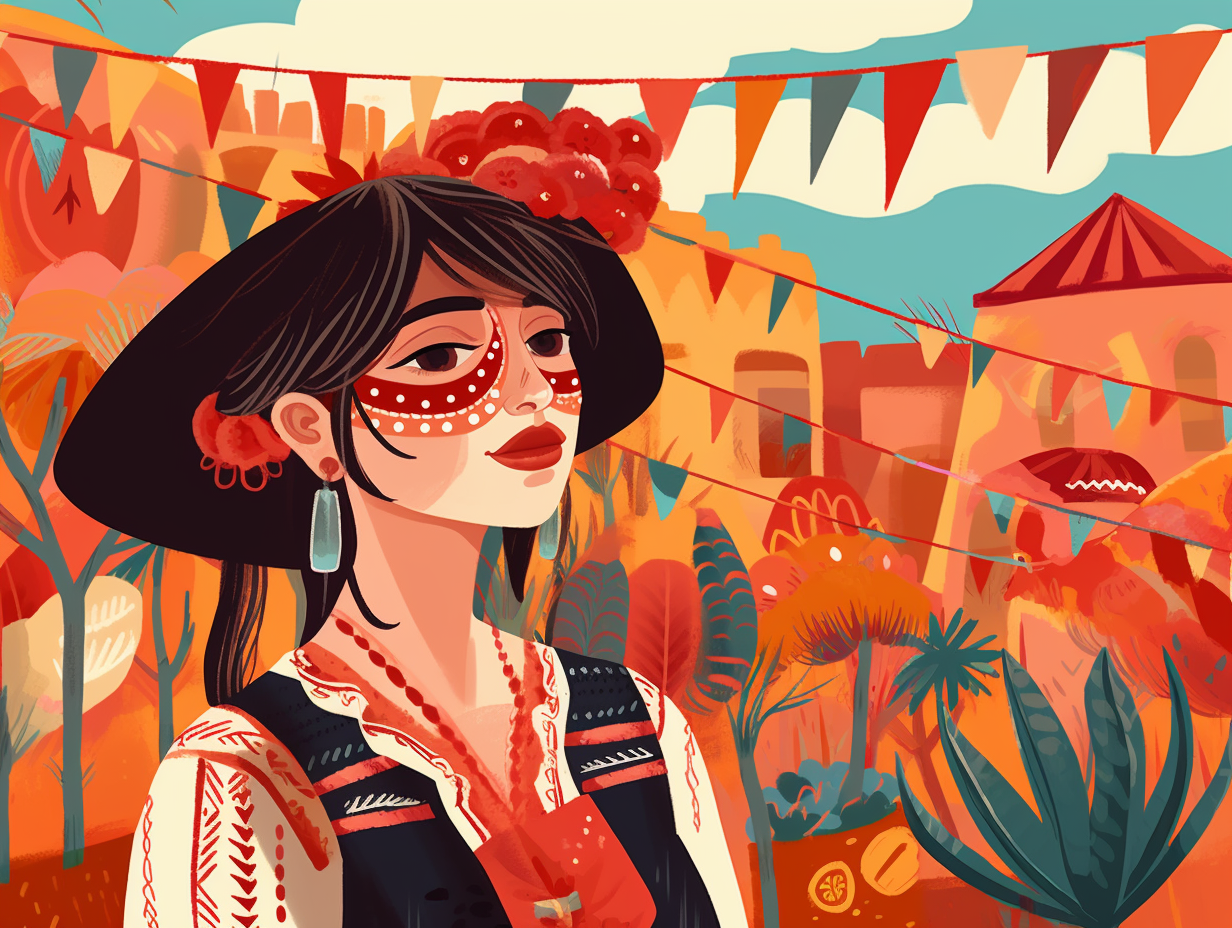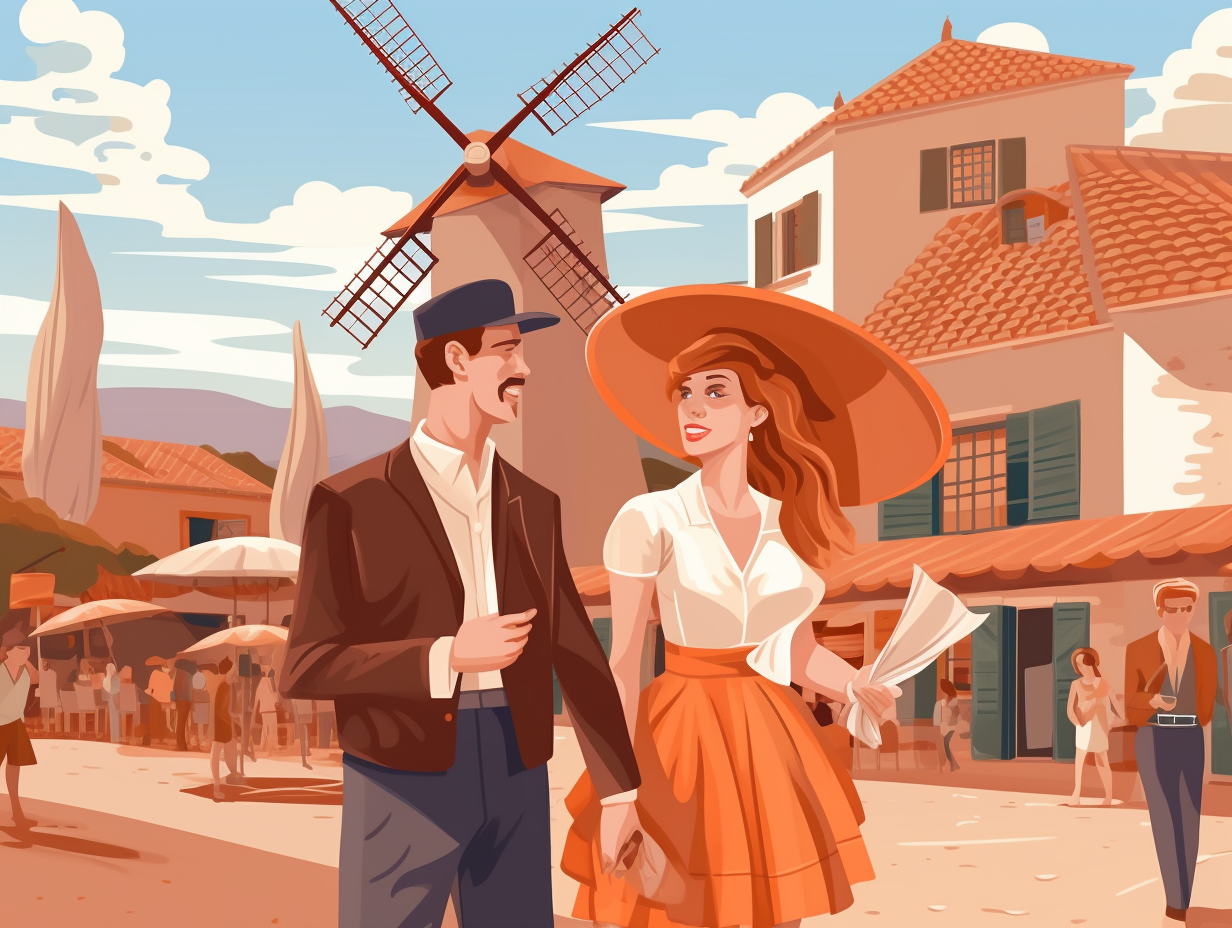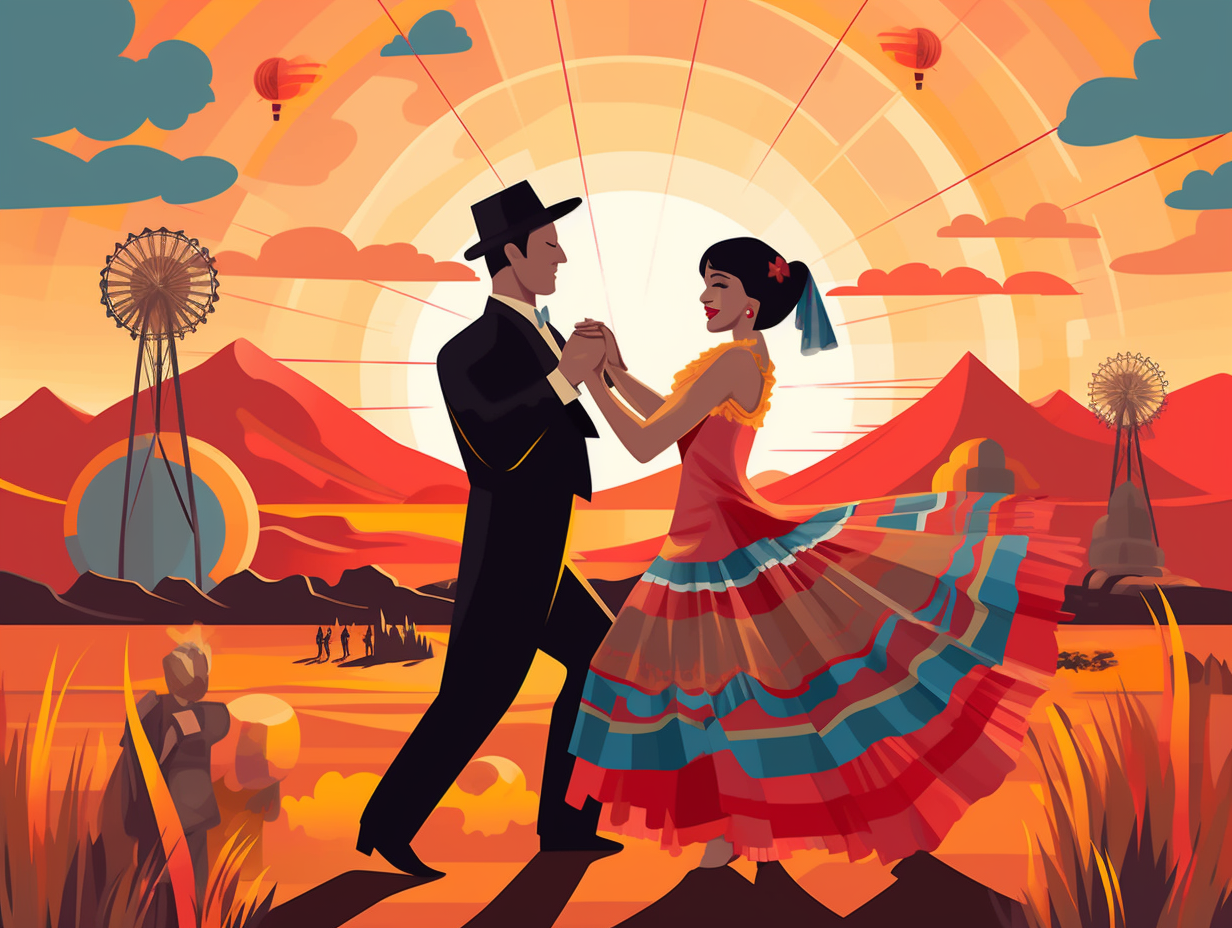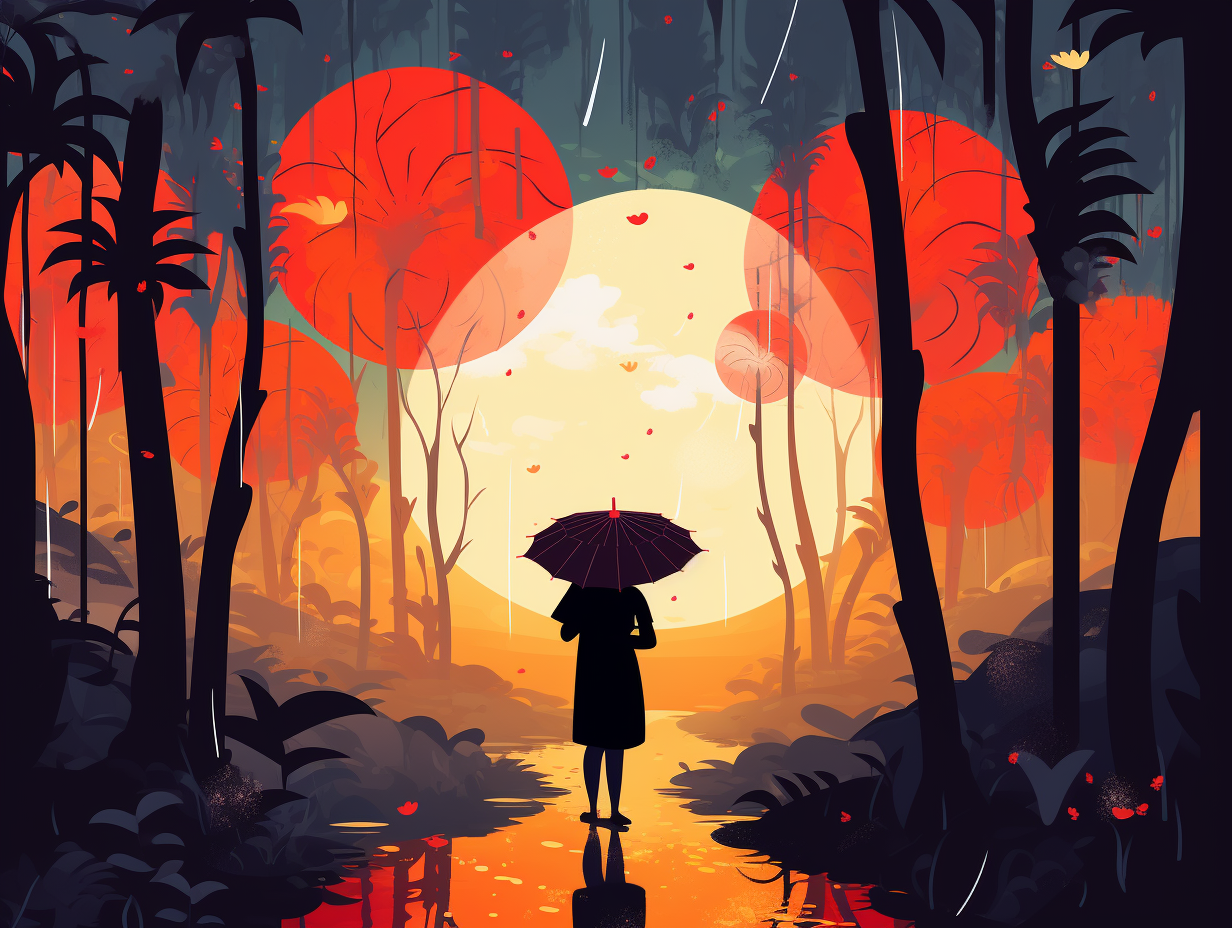Discover the Wonders of the East: Top 21 Captivating Fun Facts About China You Can't Miss!
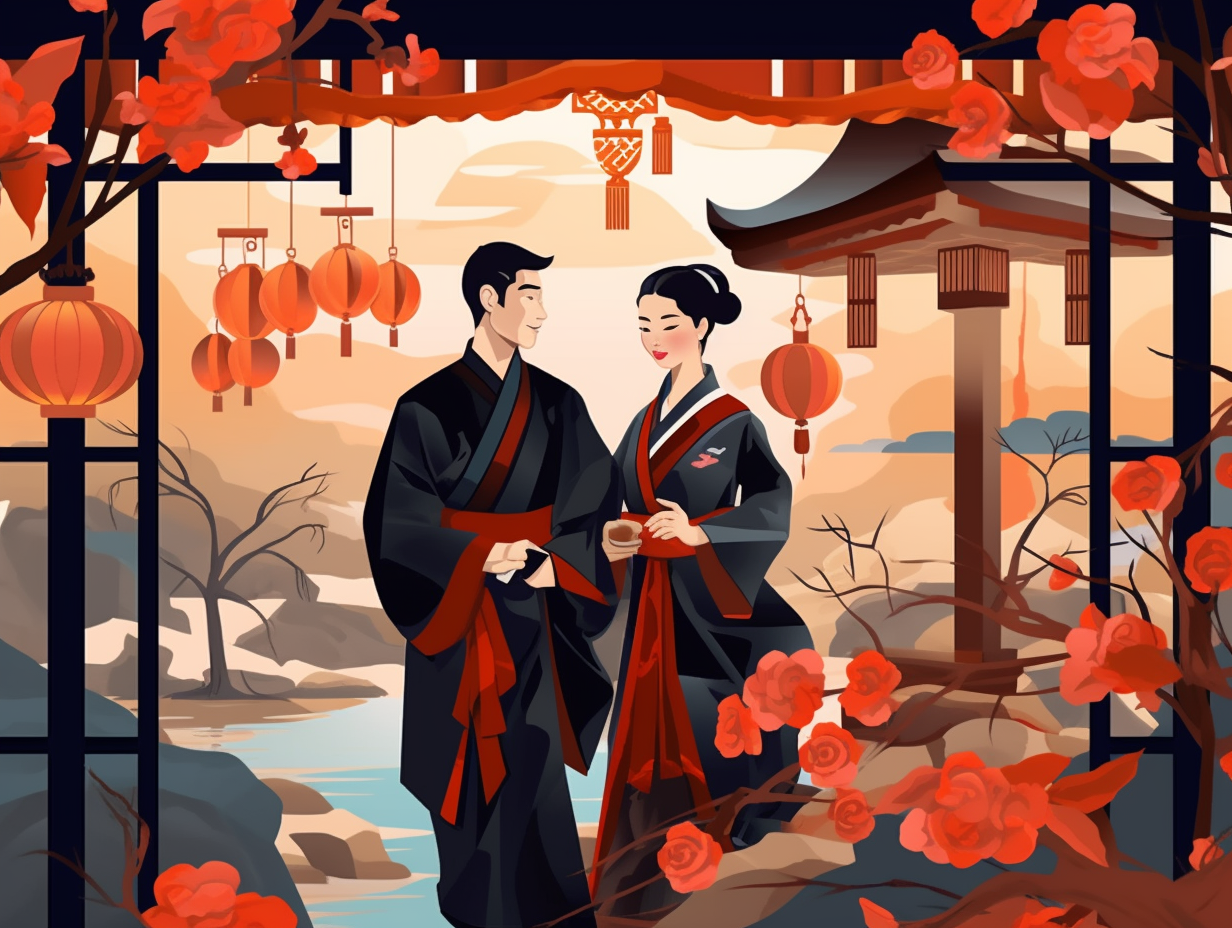
1. Pandas: The Original Rockstars
Before starting their rock band career to save the world, pandas first practiced moonwalking on the WWF logo stage: The Giant Panda's distinctive black and white markings inspired the World Wildlife Fund (WWF) logo, sketched by British environmentalist Gerald Watterson and WWF founder Sir Peter Scott, a conservationist and painter. Today, it is recognized internationally as the emblem of global conservation efforts.
Source => worldwildlife.org
2. Xinjiang: The Time Zone Tango
Time's a-tickin', yet Xinjiang's a-pickin': with a two-hour time difference between Beijing Time and Xinjiang Time, this Chinese region adeptly juggles two time standards, leaving locals calculating time conversions and appointment schedulers in a twist.
Source => en.wikipedia.org
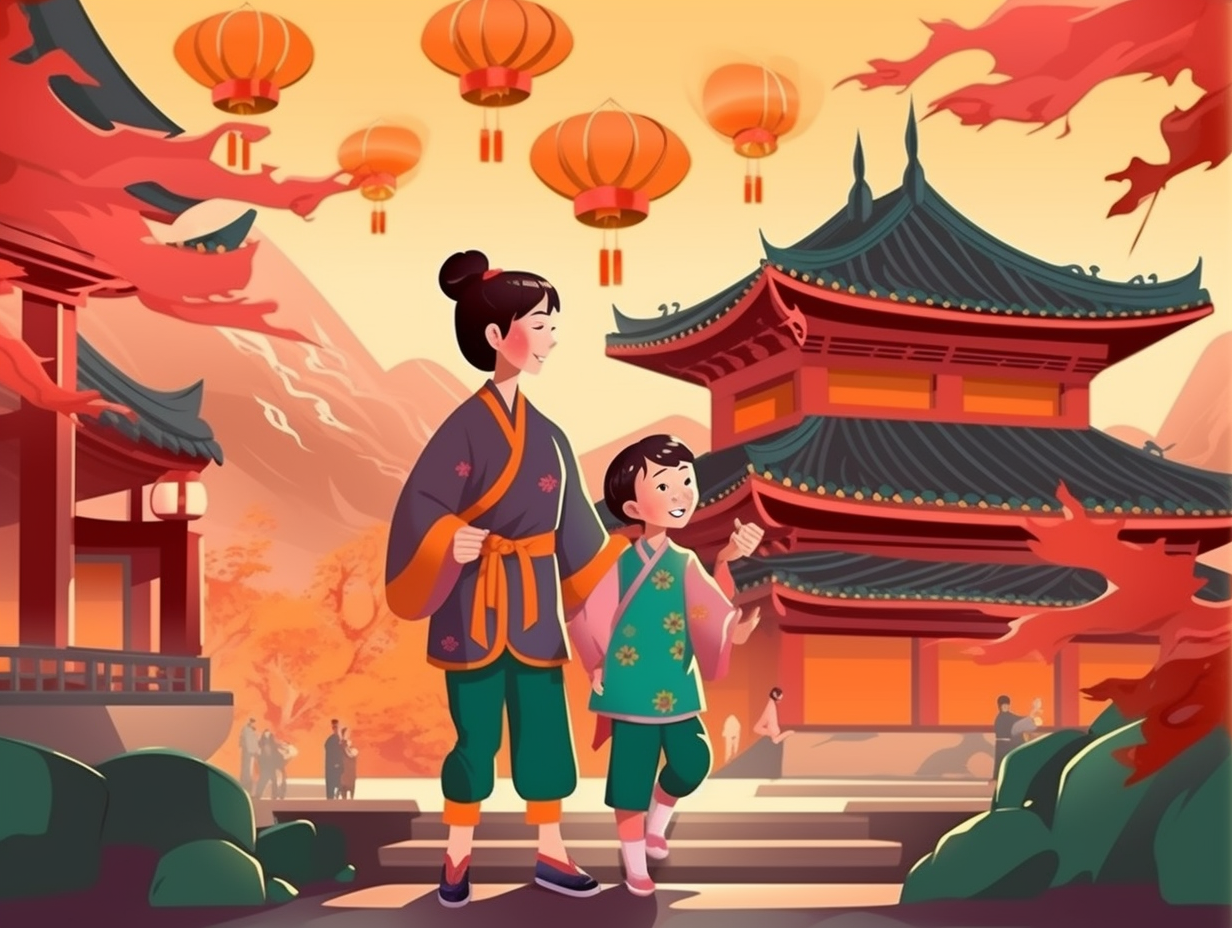
Did you know giant pandas, once endangered, have made a strong comeback in China? 🐼 Explore the incredible story behind China's successful conservation efforts and unveil the truth behind the myth that 99% of the world's pandas are in China!
=> Fun Facts about China-For-Kids
3. China's Climate Cocktail
Much like your favorite seasonal Starbucks drinks, China runs the gamut with its climate range: from Pumpkin Spice Latte-fueled chilly winters to steamy beach days that bring out the mojitos! In all seriousness: China's climate zones are incredibly diverse, covering continental, desert, semi-desert, temperate, subtropical, and tropical areas, resulting in temperatures that can dip to -17 °C (1 °F) in Harbin, climb to 33 °C (91 °F) in Turpan, and everything in between.
Source => climatestotravel.com
4. Bamboo Calculators: Rods > Texas Instruments
Who needs calculators when you've got bamboo sticks? The Chinese were doing the math long before Texas Instruments came along: China's rod calculus, an advanced computation system using bamboo counting rods and a board, dates back to the Warring States period and was in use up until the Ming Dynasty, even contributing to the development of Chinese mathematics and the invention of polynomial equations.
Source => en.wikipedia.org
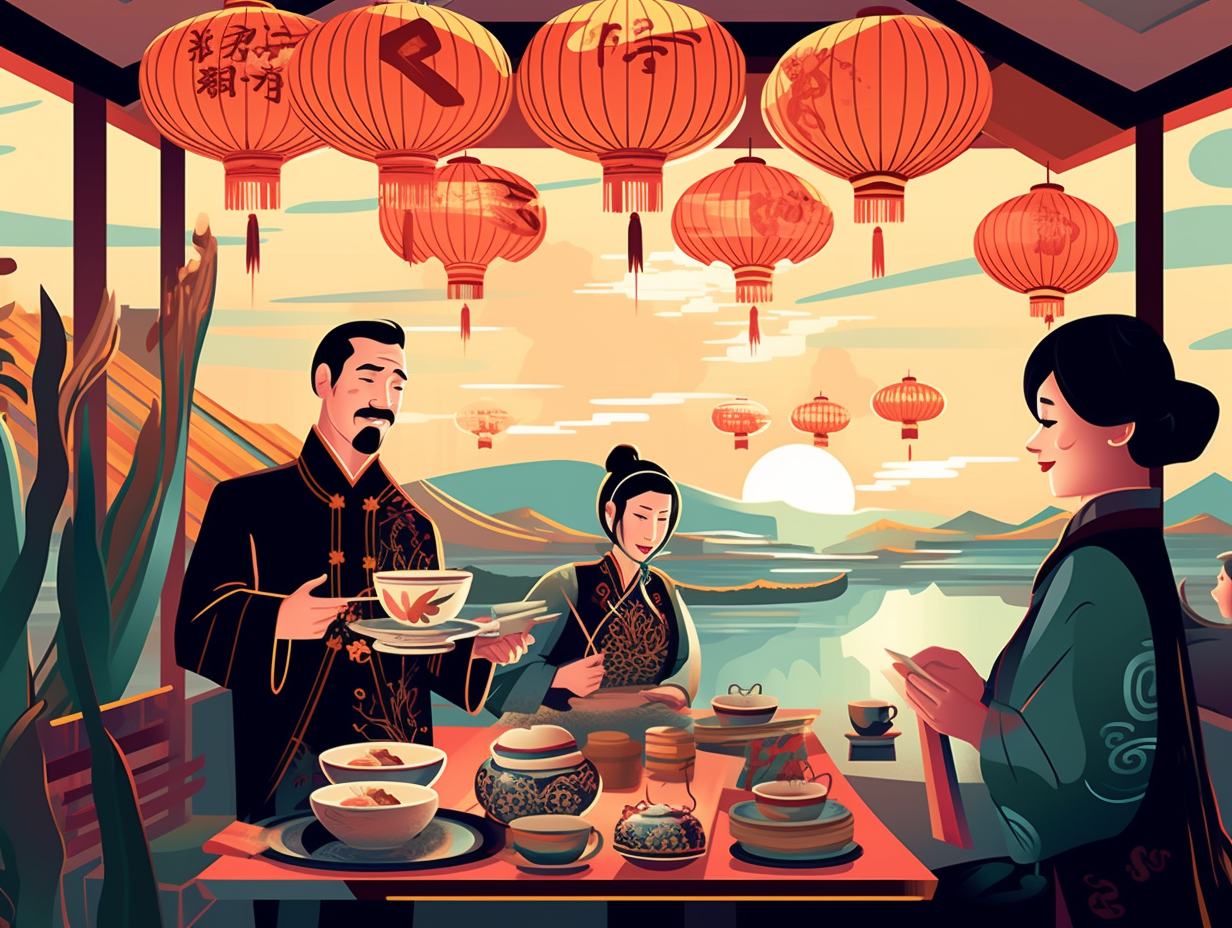
5. Gender Ratio: China's Game of Thrones
In China, boys tend to outnumber girls at birth like Thor's hammer outweighing a feather: this results in an astounding gender ratio of 110 males for every 100 females in the country as of 2021. The long-held preference for male children and past population control policies have tipped the scales, creating an imbalance of around 34 million more men than women. But, the tables turn after 60, as more women outlive their male counterparts, proving that the odds are ever in their favor.
Source => statista.com
6. Chuan: The Foodie's Ferrari
Move over Lamborghini, there's a tastier ride in town: Chuan, a kebab-style street food that originated in China's Xinjiang region, features a delicious lineup including lamb, chicken, pork, beef, and seafood, spiced to perfection with cumin, red pepper flakes, and a slick of sesame oil.
Source => en.wikipedia.org
7. Ancient Dental Detectives and Metal Mergers
Who needs a time machine when you've got ancient Chinese dental detectives on the case: Chinese dentists during the Tang Dynasty were already using a dental amalgam made from metals like silver, tin, copper, zinc, and mercury more than 1,300 years ago. They started exploring melted metals for tooth problems as far back as 7000 BC, but eventually ditched lead due to toxicity issues. Our modern dental fillings didn't come into being until French dentist Auguste Taveau mixed mercury with melted silver coins in 1816, and voila – the tooth fairies had a brand new silver in their toolkit!
Source => caringtreechildrensdentistry.com
8. Chopsticks: Confucius' Anti-Knife Crusade
In a valiant effort to steer diners away from the sinister realm of slaughterhouses, Confucius cleverly waged war on the perilous knife – ultimately gifting the world the poetically tweezer-like instrument we now know as chopsticks: A population boom around 400 AD pushed cooks to chop food into smaller pieces, paving the way for the versatile chopsticks to take center stage in China, with various styles adopted by different cultures, eventually leading Japan to unleash the disposable chopstick innovation in 1878, and wealthy food connoisseurs flaunting their ivory, jade, coral, brass, and agate utensils.
Source => history.com
9. Lunar New Year: World's Largest Spring Cleaning
In China, folks take "out with the old, in with the new" quite literally during the Lunar New Year: This massive cleaning spree, known as "chun yun," results in the world's largest annual migration event lasting 40 days, as millions travel to be with their families and sweep away bad luck to make way for an auspicious year ahead.
Source => wionews.com
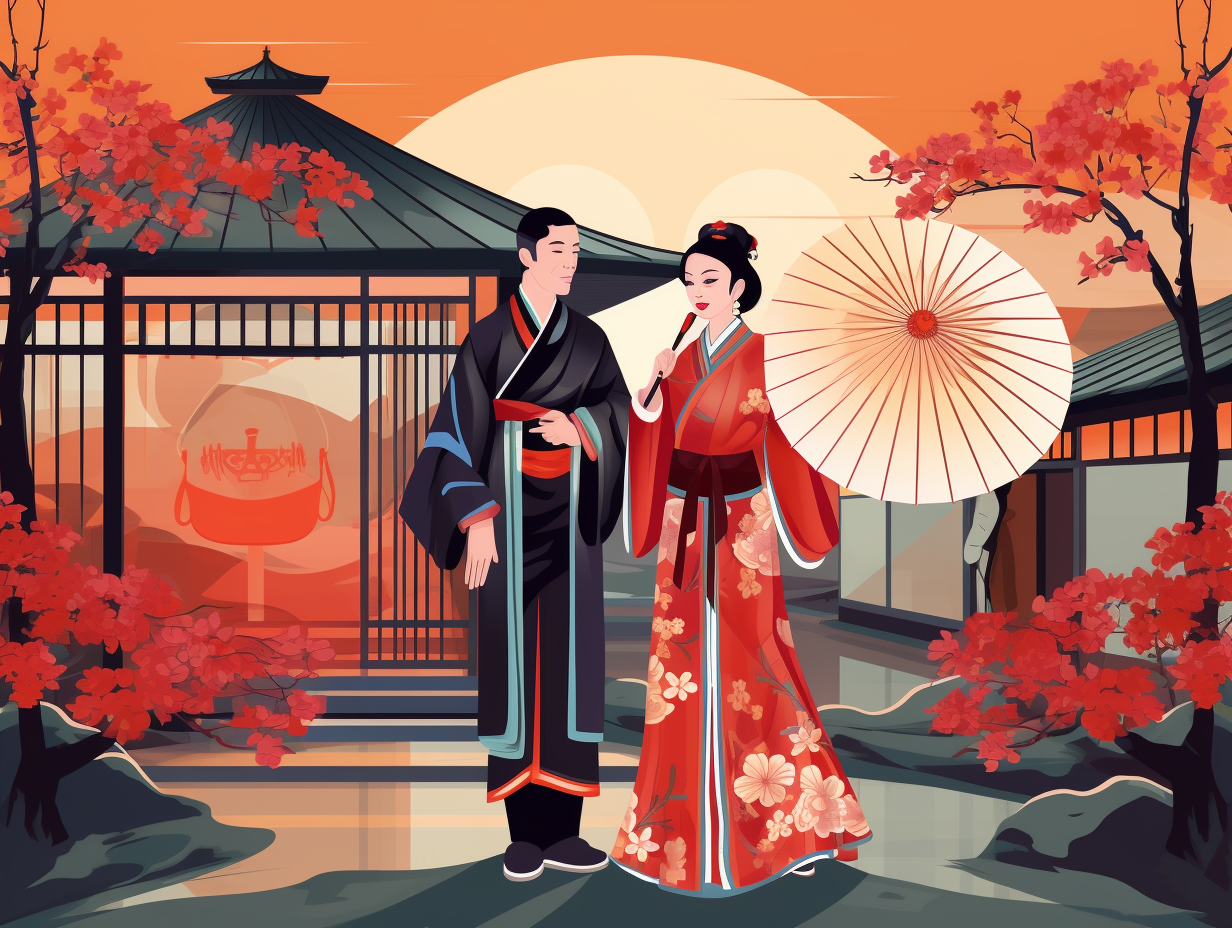
10. Red: China's Lucky Traffic Light Stopper
In China, "red-y, set, go!" might be a fitting cheer during celebrations, but not so much to speed up traffic: Red is considered a symbol of good luck and life in Chinese culture, often used in festive events and weddings, but is highly inappropriate for funeral attire.
Source => blog.vipkid.com
11. Wheelbarrow Ambulances and Buffet Battles
"What's a wheelbarrow's favorite song? We Will, We Will, Cart You!" They say laughter is the best medicine, which may be true, but the humble wheelbarrow has its roots in saving lives too: Invented in 231 A.D by Chinese general Zhuge Liang, this single-wheel cart was not just a labor-saving gadget, but it served as the ulti-mate-mobile buffet and ambulance combo, simultaneously sup-plying food to soldiers at the frontlines while quickly carting off wounded homies from the battlefield – all in a day's work for this fantastic contraption that gave the Shu Han an edge in ancient China's game of thrones.
Source => gardenstreet.co.uk
12. Emperor Huangdi's Healthcare Guidebook
Before the days of WebMD and symptom Googling, a wise emperor took matters into his own ancient hands - writing about health with a far more balanced approach than late-night online searches: Chinese emperor Huangdi penned a pioneering book on traditional Chinese medicine, Huangdi Neijing, around 300 BC, which discussed the natural way of the universe, yin and yang balance, and offered treatments such as drugs, diet, acupuncture, and pursuing Tao. The book remains relevant to this day, serving as a valuable source for history and traditional Chinese medicine enthusiasts.
Source => ncbi.nlm.nih.gov
13. Filial Piety: China's Family Feuds
When the "Real Housewives of Ancient China" took their drama to heart, things got a little dicey: filial piety, a central cultural value emphasizing respect and obedience to parents and ancestors, has sparked heated debates on social media and even violence between generations in real life, though the practice remains widely revered.
Source => bbc.com
14. Jingdezhen: Porcelain Poultry Paradise
Why did the porcelain chicken cross the road? To get to the capital of China's pottery scene, of course: Jingdezhen city, which has reigned supreme as the "Porcelain Capital" for over 900 years and currently crafts more than 70% of all Chinese porcelain, with its blue and white creations enchanting buyers from as far away as the Islamic World and Europe.
Source => chinahighlights.com
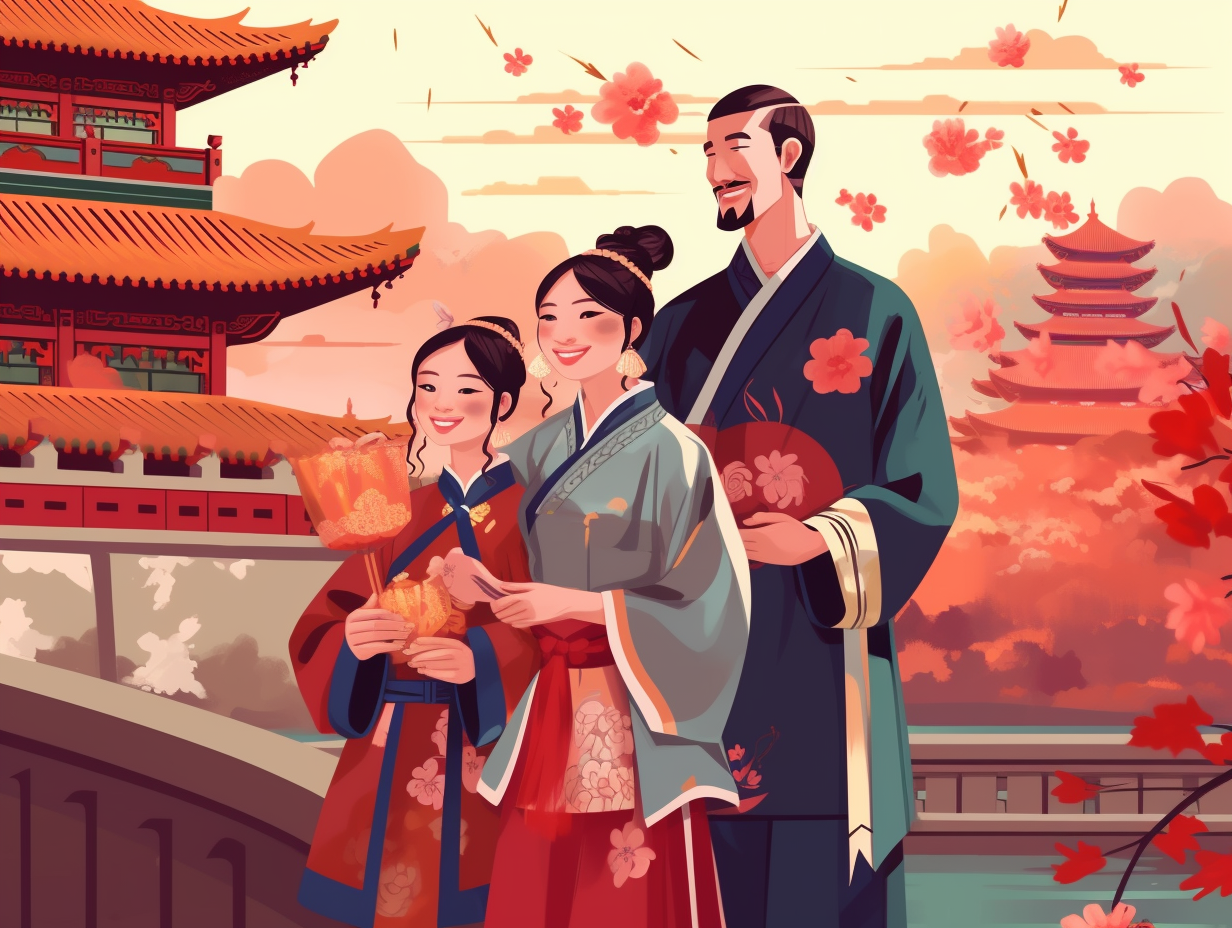
15. Calligraphy: Judging A Script By Its Strokes
In ancient China, they had the original "penmanship matters": practitioners of the prestigious art form of calligraphy mastered strokes of genius using feathered or furry brushes, and even connoisseurs of ink found their stone-cold groove by rubbing a wet rock against a dry cake - gotta love that DIY spirit! The serious reveal: Calligraphy, which created and showcased multiple scripts like Seal, Clerical, and Cursive, held such importance in Chinese society that emperors assessed people's character, worth, and learning based on their writing skills, and famous examples were often preserved on wood, stone or grandiosely nestled within imperial tombs.
Source => worldhistory.org
16. Great Wall Glamour at Badaling
If the Great Wall had an Oscars red carpet moment, it would definitely be at Badaling: This 70-kilometer stretch of ancient architectural marvel, just a stone's throw away from Beijing, is not only one of the best-preserved pieces of the wall dating back to the Ming Dynasty but also home to the Great Wall Museum, offering visitors a box-office hit of history and culture.
Source => klm.com
17. Dr. Dumpling: A Frostbitten Fairytale
Once upon a chilly time, when winter bit at more than just your nose, a brilliant doctor turned heads and ears with his culinary prowess: In Eastern Han Dynasty China, around 1800 years ago, Dr. Zhang Zhong-jing cooked up some ear-shaped, herbal medicine-stuffed dumplings to treat frostbitten ears, sparking a Winter Solstice tradition that endures to this day and cementing the dumplings' role in Chinese cuisine and festive gatherings.
Source => jiaoxie.no
18. Chinese Horseriders: Off-the-Wall Equestrians
What do Chinese horse riders and homebodies have in common? They both avoid the mainland like the Great Wall of China keeps out pesky invaders: China's lack of a certified disease-free zone for equestrianism means many riders prefer not to compete there. Despite this hurdle, the sport is flourishing with rising participation by youngsters, growth in equestrian clubs, and even a temporary epidemic-free zone for international events – galloping straight into the Beijing Olympics since 2008.
Source => horsetalk.co.nz
19. Hani Rice Artists: Terraces to the Skies
Those hardworking Hani have surely "rice" to the occasion with their creative farming techniques: For over a thousand years, the Hani people in Yunnan province, China, have been hand-carving beautifully terraced rice fields, ingeniously creating ditches and canals to divert water from the mountains and forests to irrigate them, essentially transforming their mountainous landscape into a sustainable and productive rice haven.
Source => bbc.com
20. Sulfur Smoothies: Immortal Alchemists
Who needs protein shakes when you can have sulfur smoothies? Chinese alchemists were on a quest to concoct an elixir of everlasting youth, but they went down the rocky, mineral-infused road instead: channeling their energies on substances like cinnabar, sulphur, arsenic sulphide, salt, chalk, and oyster shells, they believed these unlikely ingredients held the secret to immortality, rather than gulping down copious amounts of gold.
Source => explorable.com
21. Dujiangyan: China's Aquatic Agriculture Marvel
While ancient Romans were busy conquering lands for their bathing sessions, the Chinese decided to orchestrate a wet world wonder of their own: The Dujiangyan irrigation system, built around 256 BC, still nourishes over 5,300 km² of land in Sichuan, making it China's most productive agricultural hub and a UNESCO world heritage site to boot.
Source => en.wikipedia.org
Related Fun Facts

